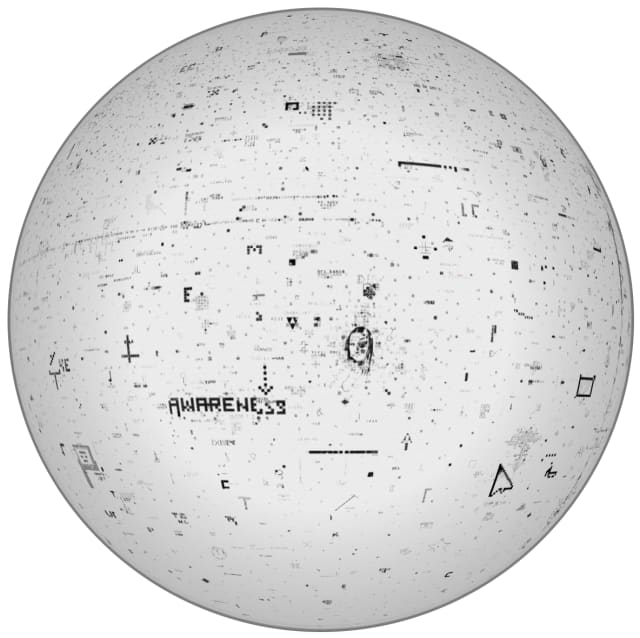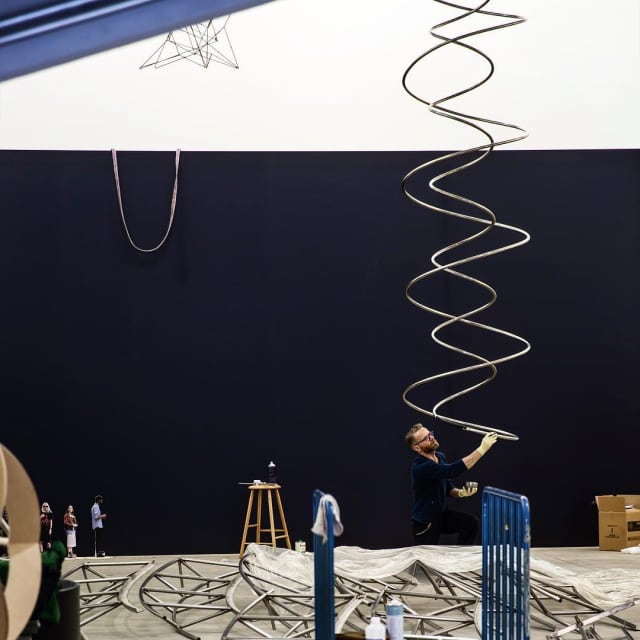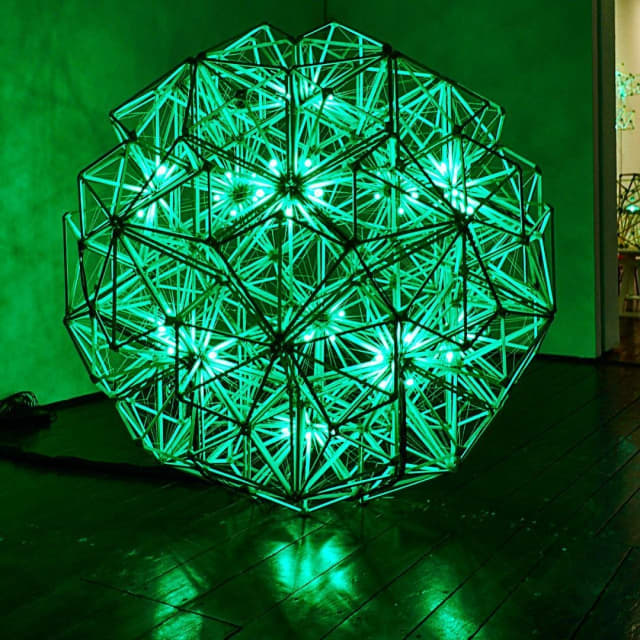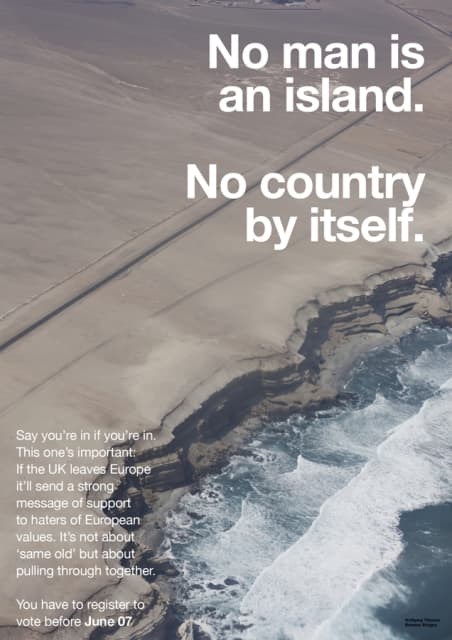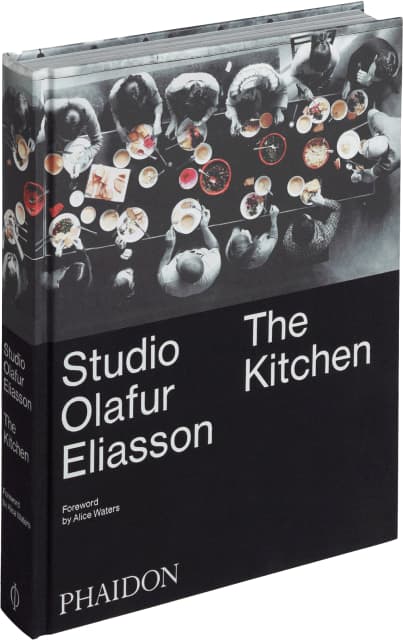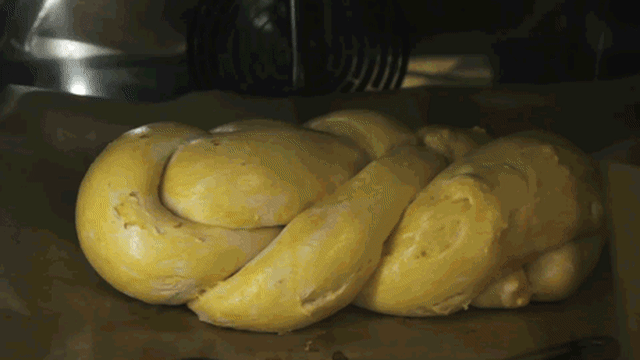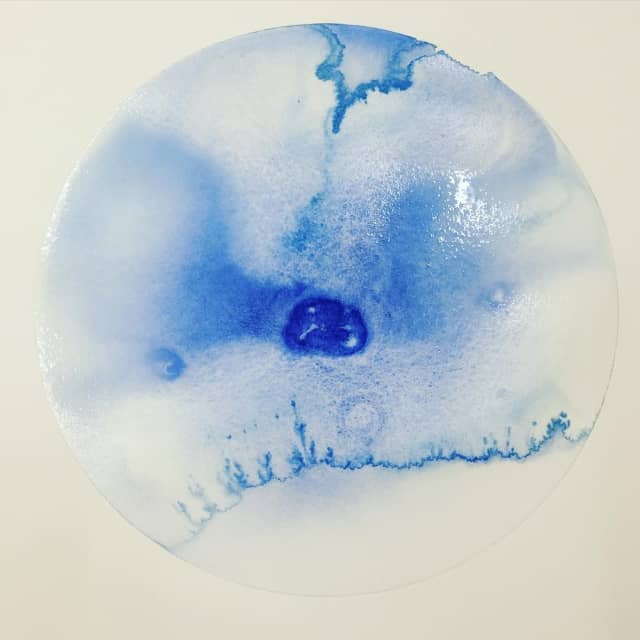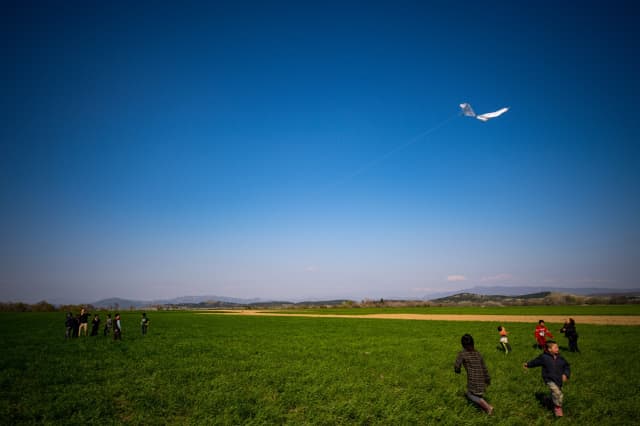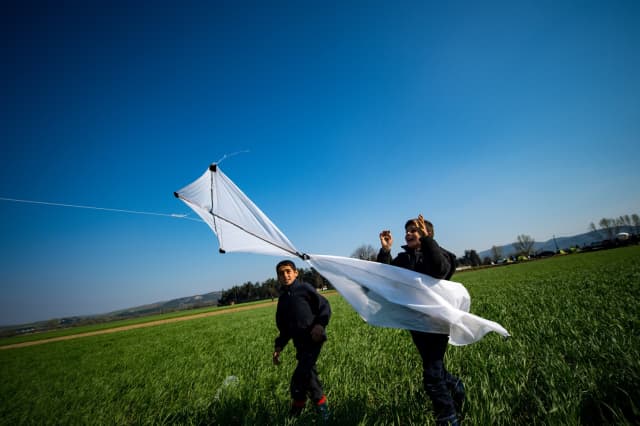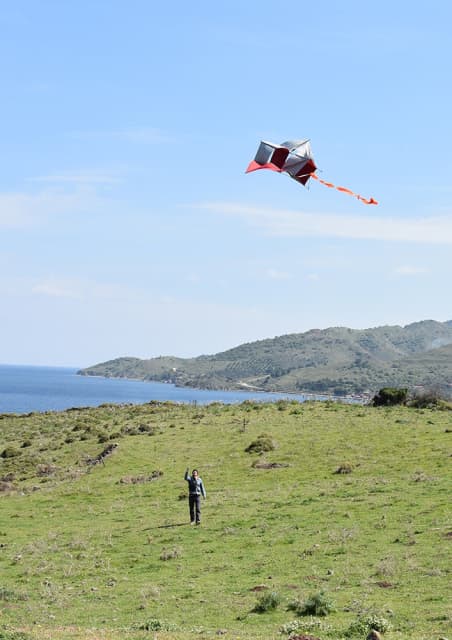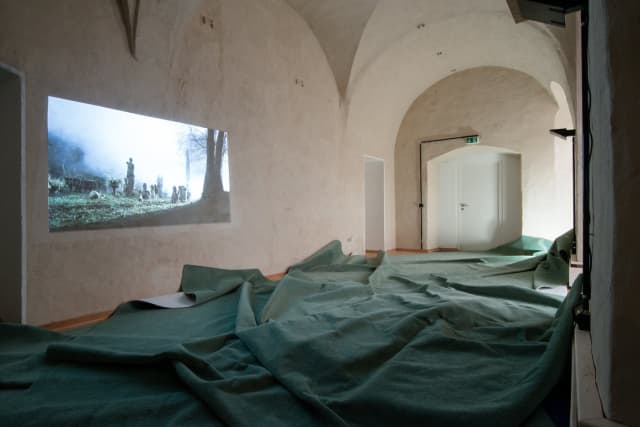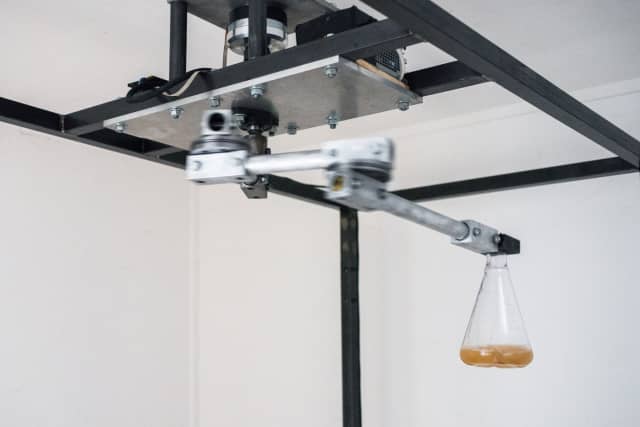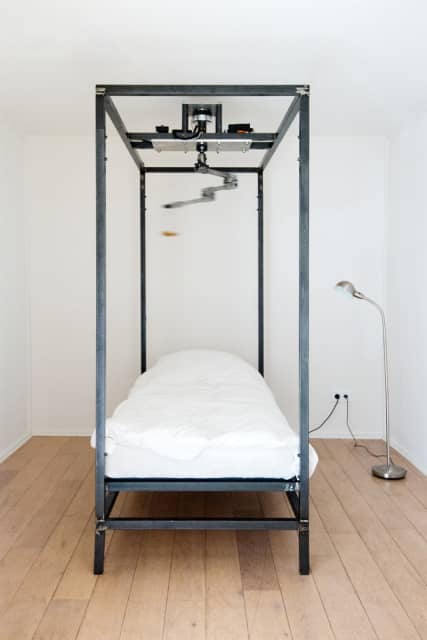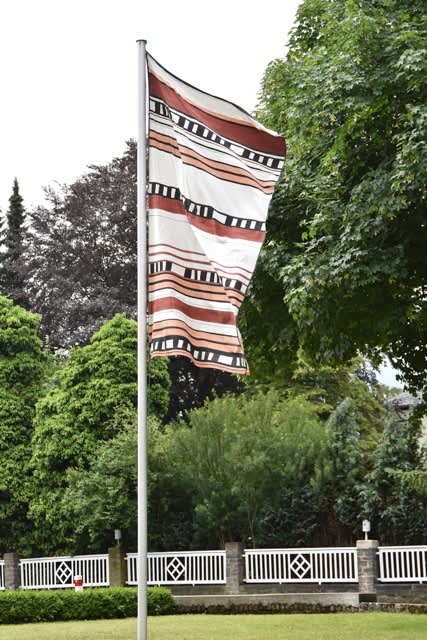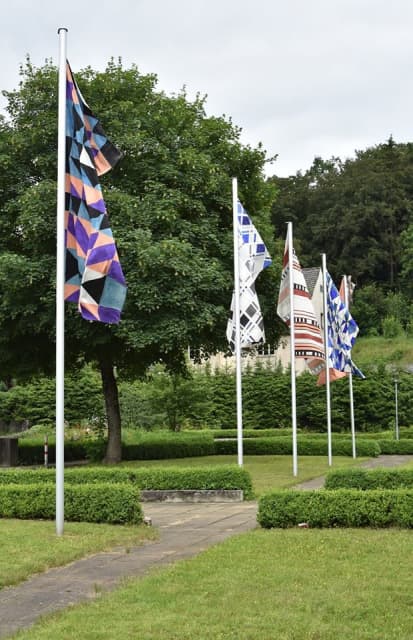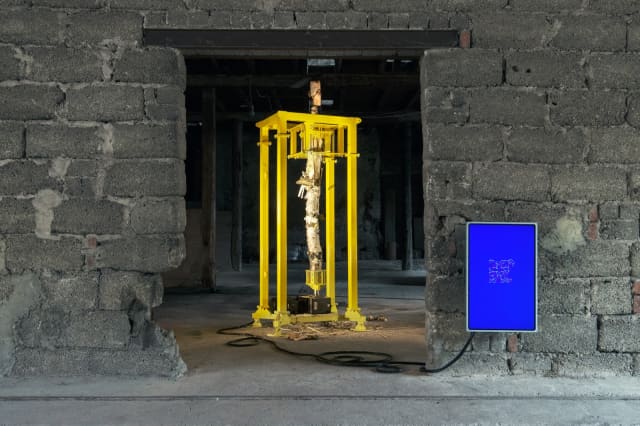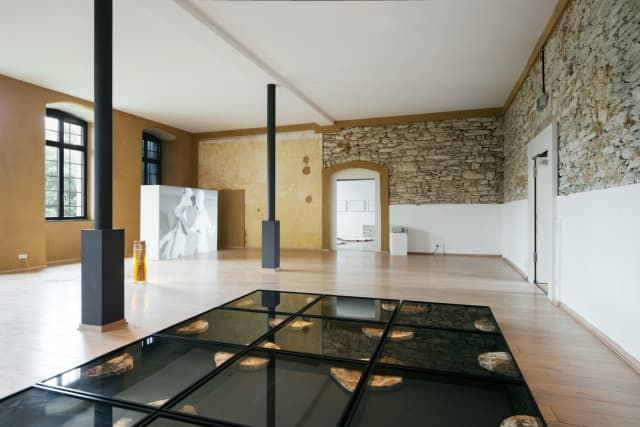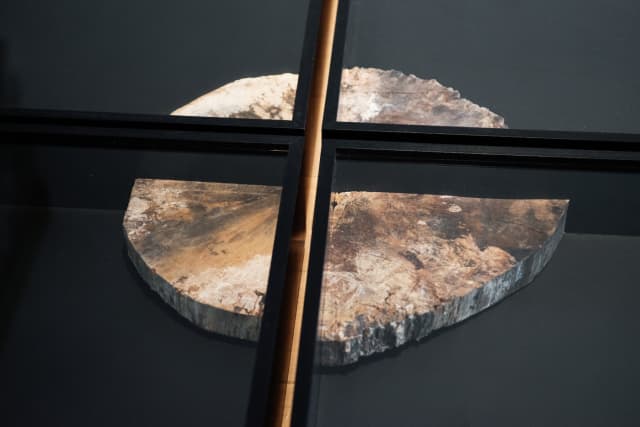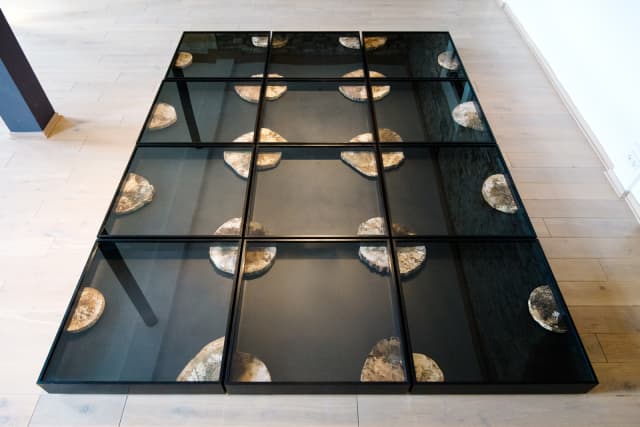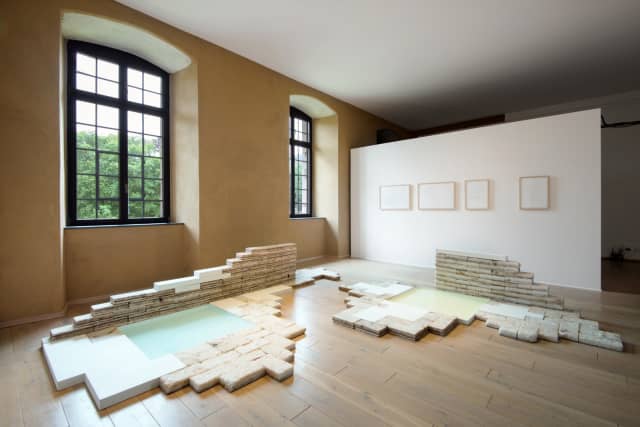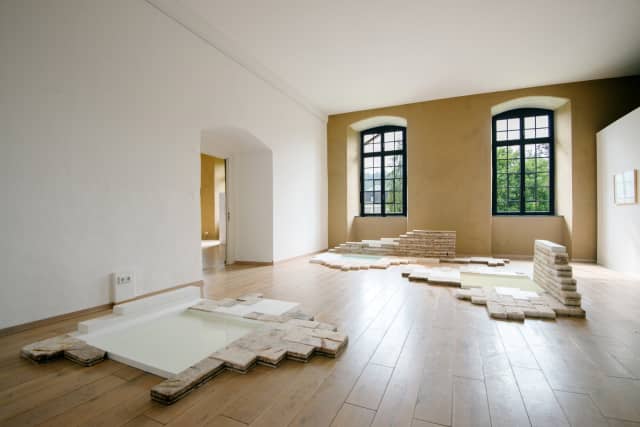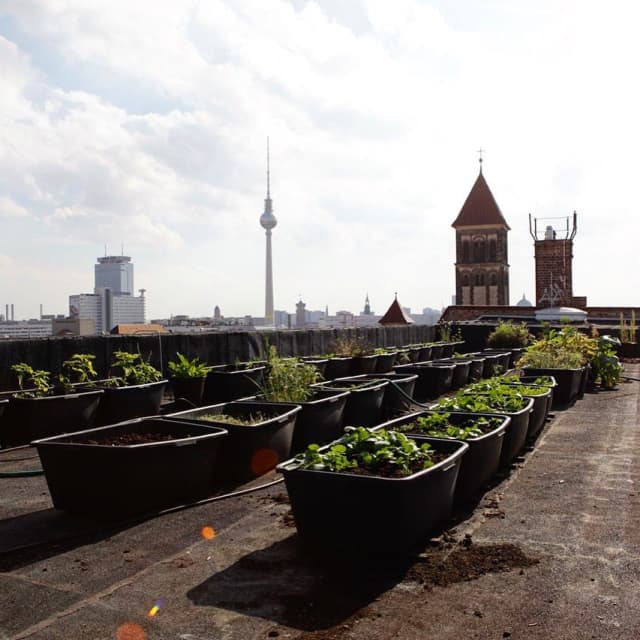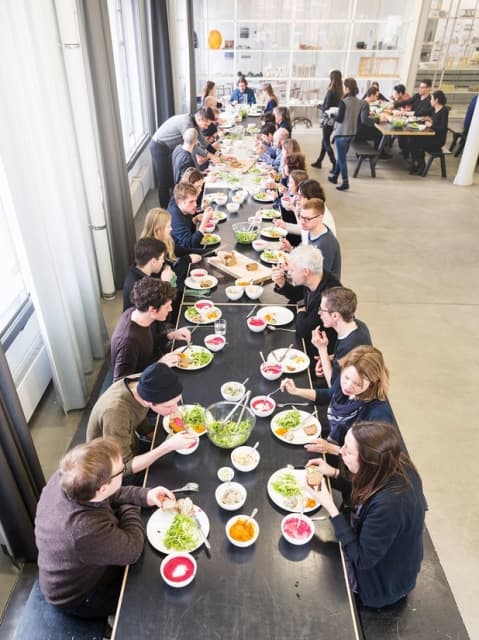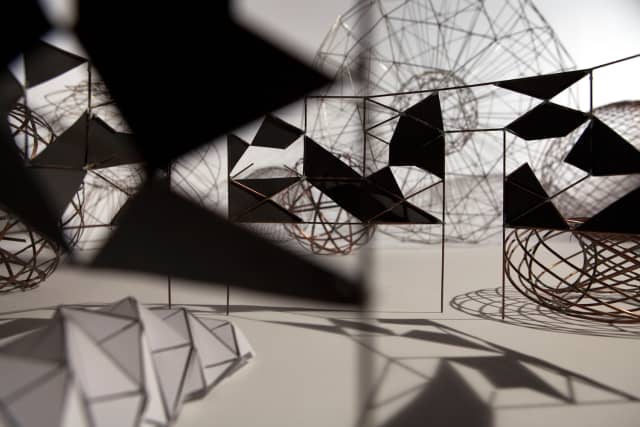HybridModus documents how traditional concepts of sculpture are being challenged and expanded to their outer boundaries, and how sculpture merges into other disciplines. New, contemporary definitions are questioned, adapted and proved.
Hybrid Modus is a group show that brings together artists, who’s works deal with the paradigm shift that has taken place on the level of ecological, societal and technological issues, leading to a post-human environment. The exhibition addresses the issue of a man-made, hybrid ecology where nature, culture, capital, and the circulation of information coexist and overlap within the web of life. It may be related to our physical space, natural or urban surroundings, to virtual worlds. How do we deal with and live in these different realities? From the perspective of the human environment being in such a state of flux, the exhibition focuses on the significance of sculpture in the context of today’s networked society. How does the sometimes seemingly anachronistic, traditional medium address this current development?
Artists: Lara Almarcegui, Isabelle Andriessen, Julian Charrière, Andreas Greiner, Spiros Hadjidjanos, Martijn Hendriks, Markus Hoffmann, Rachel de Joode, Sculptress Of Sound, Stian Korntved Ruud & AE, Philip Topolovac, Mirko Tschauner, Alvaro Urbano, Benjamin Verhoeven, Raul Walch, Dan Walwin.
Hybrid Modus is the 2016 edition of Skulptur Bredelar, and is curated by Bas Hendrikx and Ursula Ströbele.

